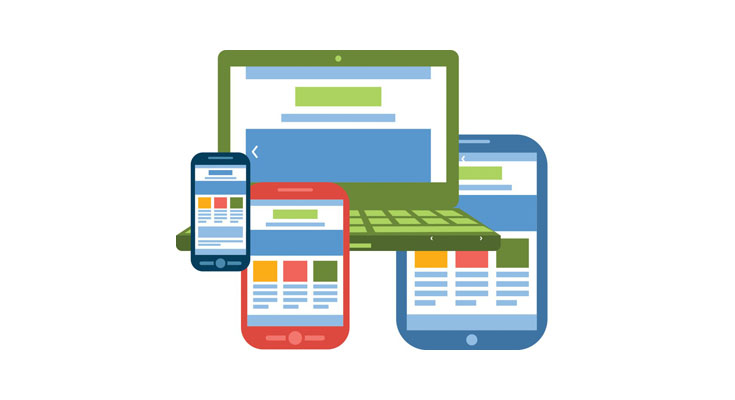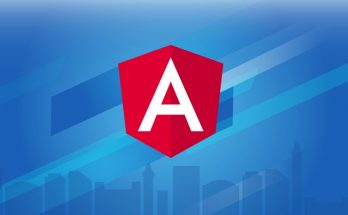To put it briefly, a Single-Page Application (also called SPA) is a web-based application that struggles to provide the same user experience as a desktop application. If we consider the fact that all SPAs are still served through a web server and thus accessed by web browsers just like any other standard website, we can easily understand how that desired outcome can only be achieved by changing some of the default patterns commonly used in web development, such as resource loading, DOM management, and UI navigation. In a good SPA, both contents and resources--HTML, JavaScript, CSS, and such–-are either retrieved within a single page load or dynamically fetched when needed; this also means that the page doesn't reload or refresh, it just changes and adapts in response to user actions, performing the required server-side calls behind the scenes.
These are some of the key features provided by a competitive SPA nowadays:
- No server-side roundtrips: A competitive SPA is able to redraw any part of the client UI without requiring a full server-side round trip to retrieve a full HTML page. This is mostly achieved by implementing a Separation of Concerns design principle, which means that the data will be separated from the presentation of data using a model layer that will handle the former, and a view layer that reads from the latter.
- Efficient routing: A competitive SPA is able to keep track of the user current state and location during its whole navigation experience using organized, JavaScript based routers. This is usually accomplished in one of two ways: the Hashbang technique, or the HTML5 History API usage.
- Performance and flexibility: A competitive SPA usually transfers all of its UI to the client, thanks to its JavaScript SDK of choice (Angular, JQuery, Bootstrap, or any such). This is often good for network performance, as increasing client-side rendering and offline processing reduces the UI impact over the network. However, the real deal brought by this approach is the flexibility granted to the UI, as the developer will be able to completely rewrite the application frontend with little-to-no impact on the server, aside from a few of the static resource files.
The list can easily grow, as these are only some of the major advantages of a properlydesigned, competitive SPA. These aspects play a major role nowadays, as many business websites and services are switching from their traditional Multi-Page Application mindset (MPA) to full-committed or hybrid SPA-based approaches. The latter ones, which have been increasingly popular since 2015, are commonly called Native Web Applications (NWA), because they tend to implement a number of small-scale, single-page modules bound together upon a multipage skeleton rather than building a single, monolithic SPA.
Not to mention the fact that there are also a lot of enterprise-level SPAs and Native Web Applications flawlessly serving thousands of users every day, want to name a few? WhatsApp Web and Teleport Web, Flickr, plus a wide amount of Google web services, including Gmail, Contacts, Spreadsheet, Maps, and more. These services, along with their huge user base, are the ultimate proof that we're not talking about a silly trend that will fade away with time; conversely, we're witnessing the completion of a consolidated pattern that's definitely meant to stay.



